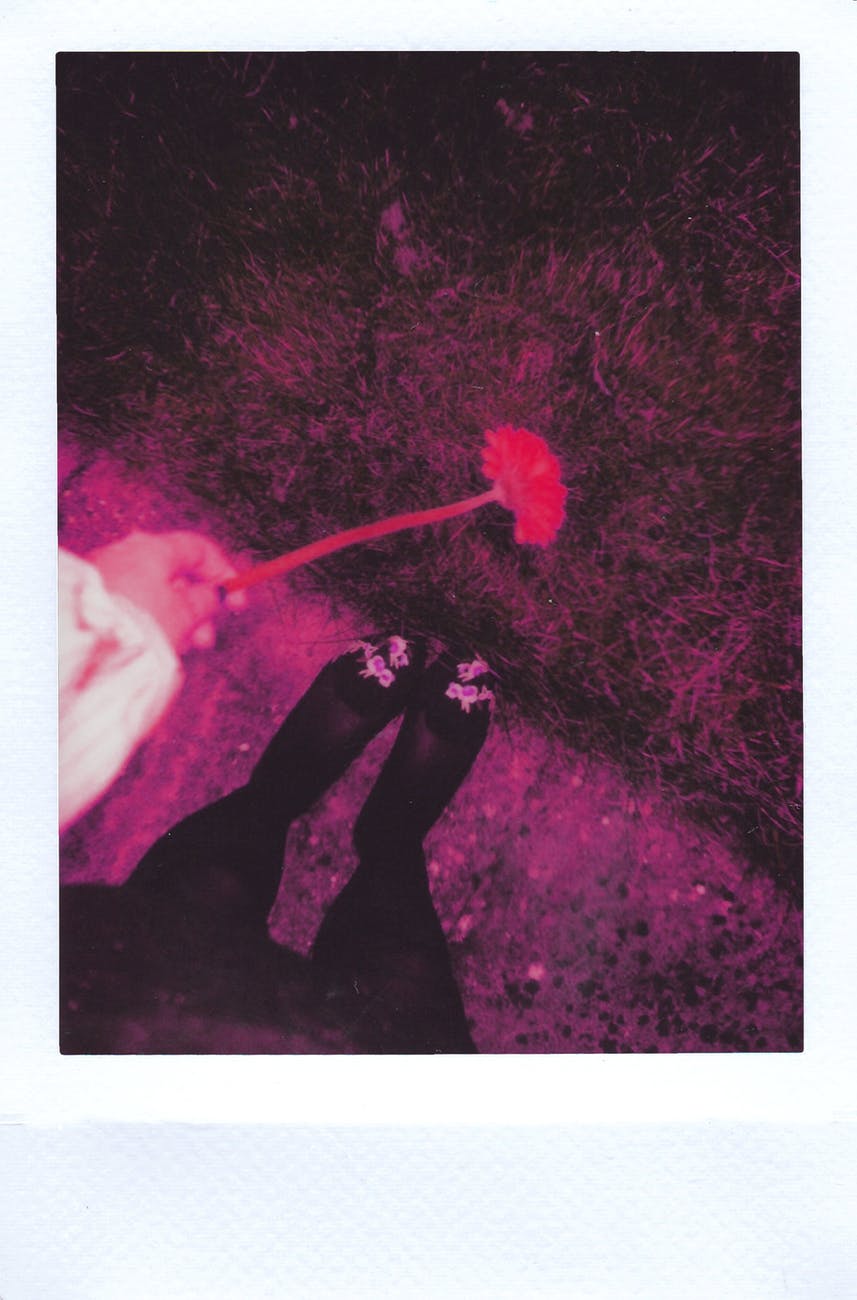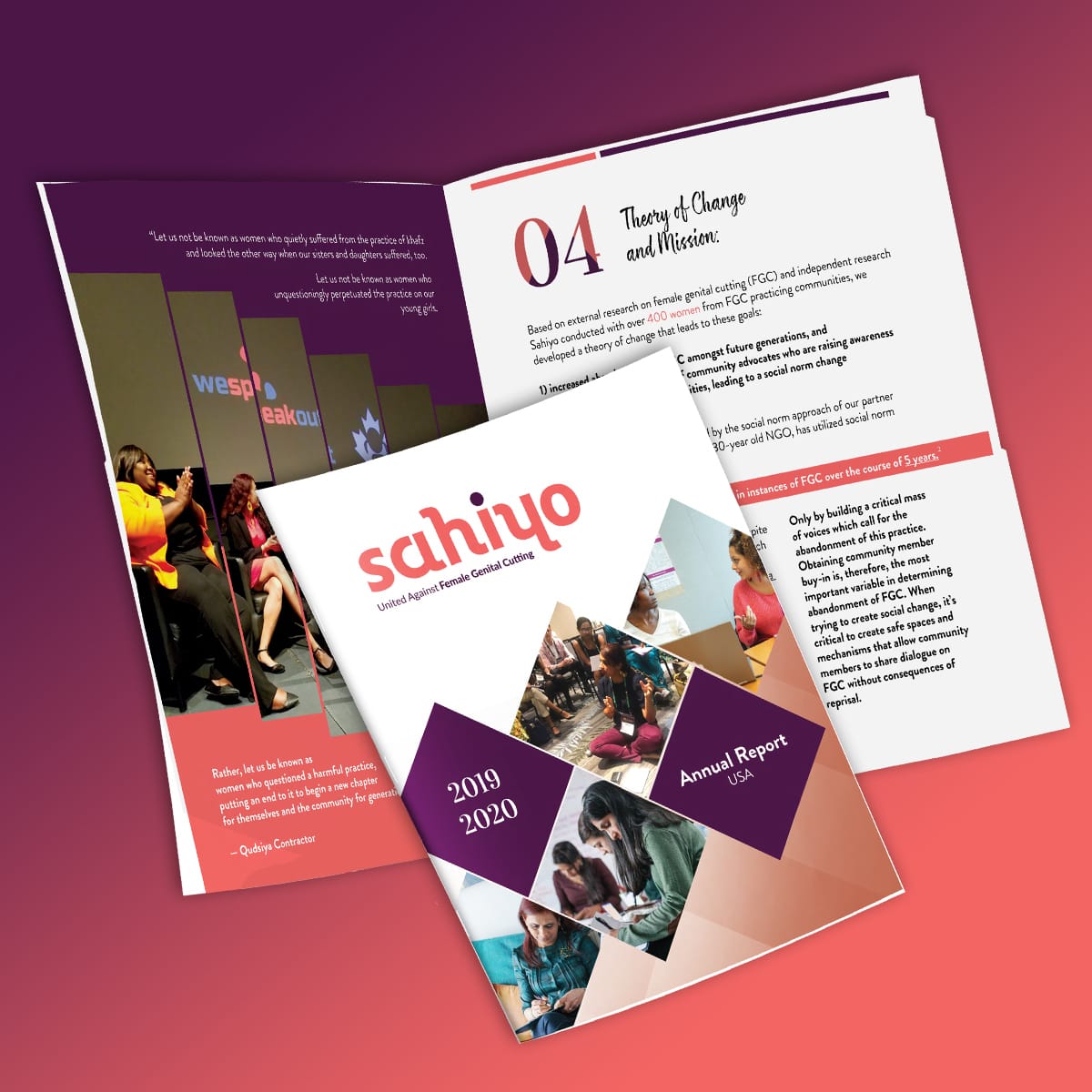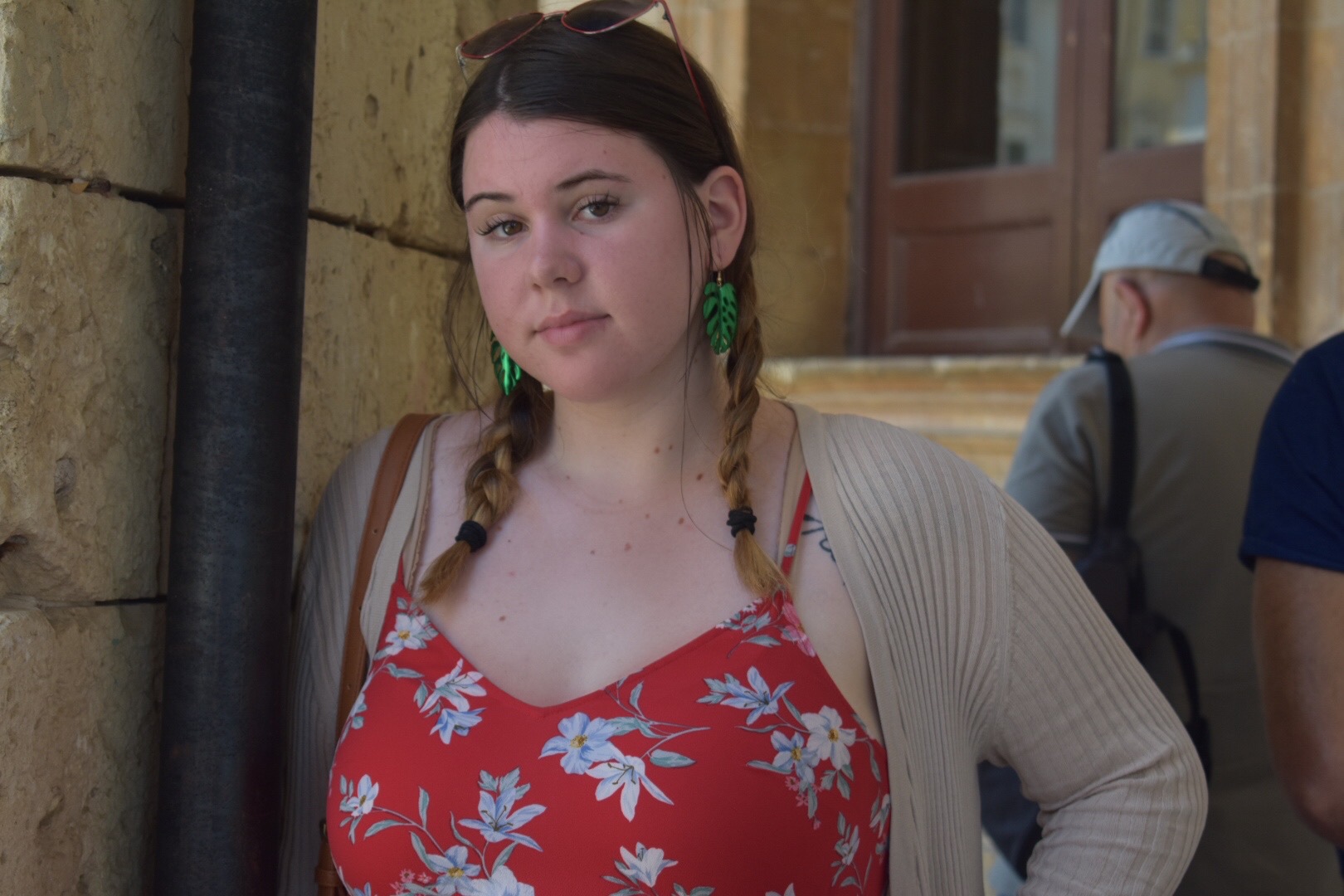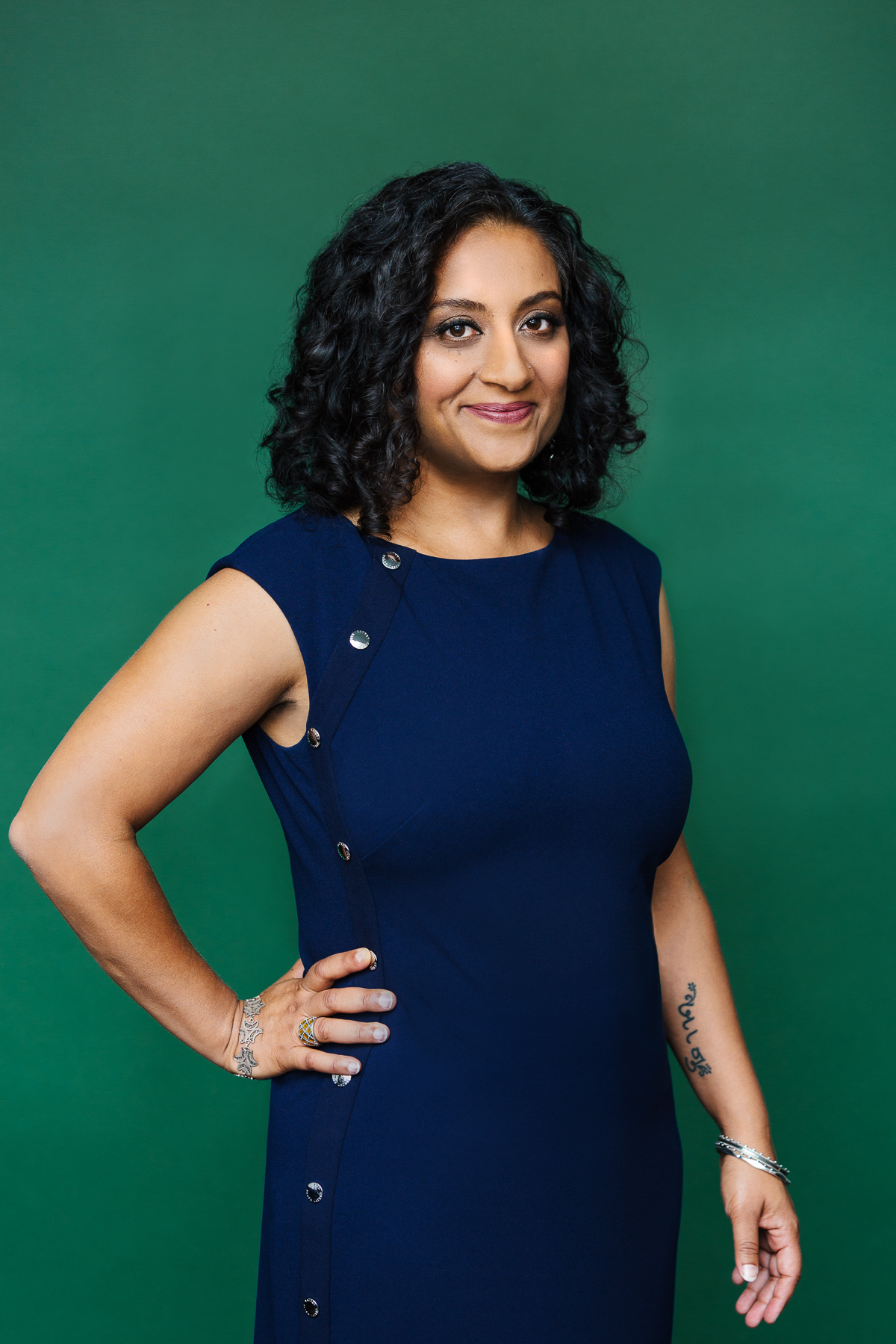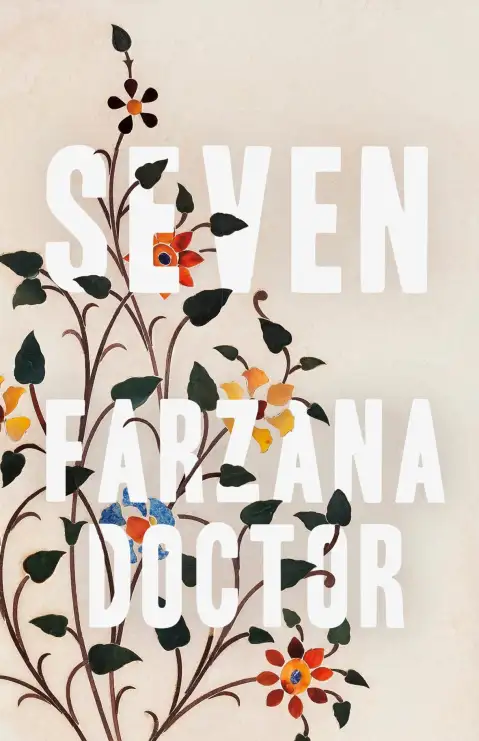By Hunter Kessous
Female genital cutting (FGC) is an international human rights violation and a form of gender-based violence. As the public becomes increasingly aware of this harmful practice, survivors of FGC are being portrayed in media and pop culture. FGC involves the partial or total removal of external female genitalia or other injuries for non-medical reasons. Producers of Orange is the New Black (OITNB), Call the Midwife, and The Good Doctor have incorporated FGC into their storylines. Warning: spoilers ahead!
Orange is the New Black Season 7, Episodes 9 and 10
OITNB’s most compelling season brought in Shani, an asylum seeker from Egypt. While in the detention center, she becomes intimate with an inmate, Niky. When their sex life begins to struggle, Shani opens up to Niky about the FGC she underwent at 11 years old. Her mother said she needed to get rid of a bug, a common justification for FGC that girls hear around the world. There are many aspects of Niky’s story that real-life survivors of FGC share. I was very impressed with the writers of OITNB for addressing the struggle with sexuality that FGC survivors face. FGC comes with a multitude of psychological impacts which harm survivors’ emotional and sexual functioning. Yet, too little attention is given to these consequences. Even research is lacking in this area.
Niky does an excellent job of portraying how partners of FGC survivors should react. Niky researches alternative ways to make Shani feel good that don’t involve clitoral stimulation. In their next sexual encounter, Niky ensures Shani is relaxed and moves slowly. When pain arises, Niky stops immediately and promises that they will keep communicating until they find what works. The relationship between Niky and Shani is truly heart-warming. The actress who played Shani, Marie-Lou Nahhas, is a Lebanese American anti-FGC activist, who traveled with the UNFPA to meet with FGC survivors in Ethiopia, and uses her social media platforms to share information on FGC. Nahhas recently hosted the launch of Farzana Doctor’s newest novel, Seven, about women’s relationships, marriage, infidelity, religion, tradition, and sensitively exposes the practice of khatna or FGC among the Dawoodi Bohra community.
Call the Midwife Season 6, Episode 6Te
Call the Midwife painted the story of a pregnant woman, Nadifa, from Somaliland in the 1960s in England. At a young age, she was infibulated, meaning her outer labia were sewn together in order to form a seal, which narrows the vaginal opening. Like Shani, Nadifa thought what had happened to her was typical. The doctor and midwives had never seen FGC before, but handled her case graciously. When Nadifa went into labor, the midwife realized the panic she was experiencing was a result of a flashback to having been cut, and helped calm her. Mental health consequences are another component of FGC that are rarely discussed.
Nadifa gave birth en-route to the hospital, and the midwife had to cut her open in the ambulance. The day after her baby was born, Nadifa’s little sister was sent back to Somaliland by her mother’s orders to be cut. The midwives were enraged at this news and asked Nadifa how she could allow her sister to be held down and cut by a man, the same procedure that could have killed her. Nadifa informs the midwives, to their shock, that it is a woman, not a man, who performs FGC. She says her sister must be cut to ensure she is respected, clean, and able to find a good husband. The reasons Nadifa gave for her sister to undergo FGC are common justifications in many communities around the world. The midwives are unable to prevent Nadifa’s sister from leaving, as her boat for Somaliland leaves before they can reach her. The redeeming factor of this sad ending is that Nadifa decides not to allow her own daughter to be cut.
The Good Doctor Season 2, Episode 2
In this episode of The Good Doctor, a patient named Asha goes to the emergency room seeking vaginal rejuvenation. She says at the age of two she was tied down and cut. According to a research study on FGC, for survivors who sought reconstructive surgery, repairing the visual stigma of their genitals was a major motivator. Asha, whose real name is Mara, is of African ancestry, but her story highlights that FGC is occurring in the U.S.
The surgeons create an elaborate plan to make her an outpatient so she can be home at the end of the school day. The plan goes awry when Mara awakes from surgery in pain. This signals that she has nerves that may be used to reconstruct the clitoris. Her parents and surgeon argue over whether Mara should undergo the reconstructive surgery or have the remaining nerves killed. The safer option would leave Mara permanently unable to experience clitoral stimulation. Mara chooses not to undergo the reconstruction. The surgeon awakes her once more without her parents present and tries to convince her to undergo the clitoral reconstruction. The surgeon goes ahead and performs the clitoral reconstruction without Mara’s consent. When Mara wakes up and realizes what happened, she thanks the surgeon. For the second time in her life, Mara’s body was altered without her consent. For many FGC survivors, this would be psychologically distressing.
Another major flaw we see in this episode, is that the doctor repeatedly calls FGC “butchering.” This language is very harmful and is demeaning to communities that practice FGC. This word choice is alienating, and can promote discrimination and reinforce stereotypes. Language such as this is counterproductive to the movement to abandon FGC.
Overall, I was very impressed with the portrayal of FGC in these TV shows. FGC is a complex issue, and I was happy to see facets such as sexuality, mental health, culture and treatment being addressed. When I embarked on this project, I was preparing myself for stereotypes and myths. Fortunately, this wasn’t the case. In fact, some common misconceptions were addressed. I believe the media is great for increasing public awareness.


